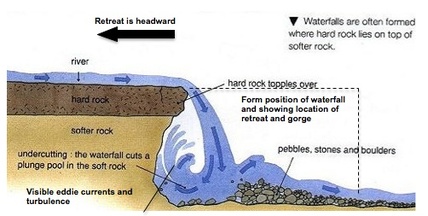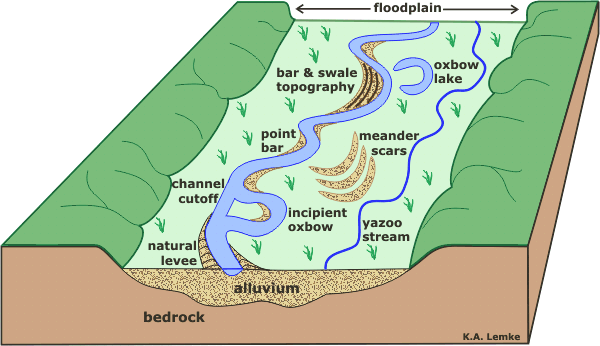LESSON
PLAN
School:
Mitandi secondary school Term:
Two Name: Kisembo Maliko
|
Date
|
Time
|
Subject
|
Class
|
Number
of students
|
Average
age
|
|
03/06/2016
|
11:10am-11:50am
|
Biology
|
S2
|
70
|
16
|
Theme: Digestion
Sub-theme: Digestion Process
Lesson objectives:
by the end of this lesson, the learner should be able to
1. State the meaning of digestion
2. Outline the types of digestion and state where they occur
3. Explain the process of digestion
Teaching methods: question
and answer, Exposition and demonstration
Teaching aids:
Illustrations, flow chart and story board
References:
Mayo (2016). The digestion system. Florida
Lesson Development
|
Time
|
Steps
|
Content
|
Teachers activities
|
Students activities
|
|
5min
|
1
|
What is digestion? Digestion is
the breakdown of large insoluble food molecules into small water-soluble food molecules so
that they can be absorbed into the watery blood
plasma.
Outline the types of digestion. Mechanical digestion: Occurs
in the mouth when it is physically broken up into smaller pieces.
Chemical digestion: Occurs in
the gastrointestinal tract when the food is broken down into small molecules
by digestive enzymes
|
Introduce the sub topic by asking
questions.
Presents the flow chart
|
Answer questions
|
|
20min
|
2
|
Explain the
process of digestion
Mouth, Esophagus, Stomach, Small intestine, Large intestine
|
Explain the process of digestion
Presents the story board
Presents the flow chart
|
Listen and observe
|
|
13min
|
3
|
Exercise
|
Evaluate the learners by giving an
exercise
Mark students books
|
Write down the exercise
Present their books for marking.
|
|
2min
|
4
|
Summary of
what has been taught
|
Summarize what has been taught
|
Listen and observe.
|





